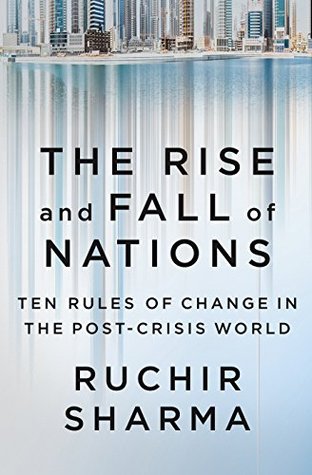More on this book
Community
Kindle Notes & Highlights
Read between
January 31 - March 9, 2017
Although a case can be made that services will come to rival manufacturing as a catalyst for sustained growth; that day has yet to arrive. For now the rule is still factories first.
And India’s growth rate is probably overstated, the result of dodgy new accounting methods used by the national statistics bureau.
In this respect, the billions of dollars that have been pouring into tech-driven U.S. businesses has been a very good investment binge, fueling the rise of new methods for extracting oil and gas from shale rock and of the country’s world-leading software and Internet companies.
Strong investment in supply networks—ports, phone systems, factories—allows an economy to grow rapidly without high inflation, the ideal combination.
Between 2008 and late 2015, Russia imposed nearly five hundred trade protection measures, second most in the world after India.
Every nation is destined to go through periods of expansion and decline, and none is destined to rise, or fall, forever. In an impermanent world, the only constant is the turning of the economic and political cycles that govern the future.


